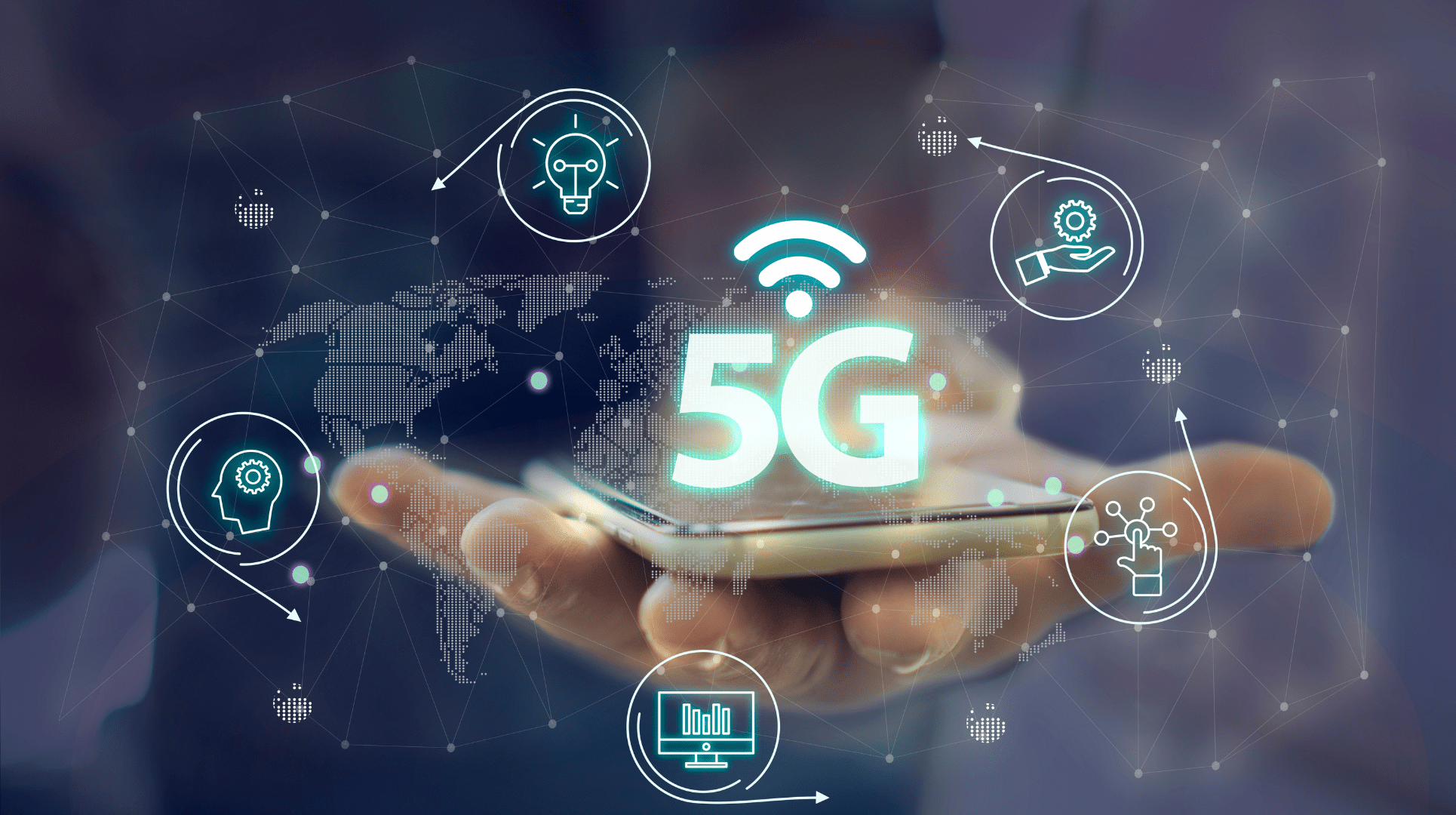
Can EMF and 5G affect the endocannabinoid system?
5G conspiracy theories are a little off the radar of science. Unlike 4G, high-band 5G distributes energy to the upper layers of the skin, according to Health Canada. However, both electromagnetic frequency ranges (EMF) cannot induce ionizing radiation or damage DNA. Interestingly, low-level EMFs promote an environment conducive to the production of endocannabinoids. This means that 5G radio waves can affect the endocannabinoid system, but problems can arise after chronic exposure.
Effects of low range EMF – ionization vs. biological switches
The flipping of biological switches and ionization is the difference between a flower gently swaying in the wind and one of its petals being ripped off. In the same vein, EMF signals from cell phone towers seem to push atoms around in our bodies without tearing them apart or affecting DNA.
To get straight to the point: many processes in your body depend on the movement of atoms with a positive or negative charge. These atoms include, for example, sodium, calcium or potassium ions. Nerves send signals, in part, by switching atoms back and forth in a sequential series. In addition, some of these biological switches are electrically controlled. (1)
Then imagine how external electromagnetic activity can easily affect internal biological processes. While even higher 5G frequencies are too weak to cause ionization – the removal of electrons from atoms. Cell signals still seem to manipulate biological processes by affecting switches controlled by the flow of atomic ions in the body. And while a gentle electromagnetic breeze shouldn’t have much effect. The long-term effects of 5G signals are still unknown.
The ECS and EMF bound by calcium
One atom ion that is amplified by EMF is calcium, an environment that happens to encourage the production of endocannabinoids. Against itself, the ECS in turn reduces calcium activity. Essentially, the ECS works like a circuit breaker to maintain balance throughout the body, also known as homeostasis.
The movement of atomic ions also causes them to oscillate and heat up. (4) Our body has sensors that respond to temperature changes known as Transient Receptor Potential (TRP) channels. These channels help control the flow of calcium channels and are also thought to be part of the endocannabididiome.
Calcium fluxes are a mechanism that 5G radio frequency effects can cause and induce oxidative stress. (1-3) Of course, in order not to become short-sighted, EMFs can cause oxidation through several other processes.
high frequency and oxidation
It’s true – we need oxygen to survive, much like our hearts and blood vessels need nitric oxide to avoid damage. However, to protect against the resulting oxidative stress, our body uses endocannabinoids. Armed against oxidative stress from 5G, EMF, and elsewhere, the endocannabinoid system (ECS) embodies a major system found in all humans and vertebrae.
Radio frequencies (RF) are offered in a number of non-ionizing bands. For example, high-band 5G works at up to 47 GHz. That’s well above the 6 GHz threshold that Health Canada uses when testing EMF exposure in the workplace under Safety Code 6. Alternative tests are used above 6 GHz because the energy at this frequency is distributed into the outer layer of the skin.
 5G signals use a higher frequency but are also emitted in millimeter waves. 5G tower image courtesy of Canva.
5G signals use a higher frequency but are also emitted in millimeter waves. 5G tower image courtesy of Canva.
EMF from 5G towers versus phones
dr James Orgill holds a Ph.D. in Chemical Engineering but is more famously running the Action Labs channel. Orgill broadcast an experiment on the strength of 5G signals. He compared the EMF emitted by cellphone towers to the frequencies from his cellphone. The latter of the two emitted a noticeably stronger frequency due to the difference in distance from the two sources.
At the end of the video, Dr. Orgill that 5G cell signals do this not induce one type of radiation, they induce another. That said, ionizing radiation isn’t a threat from 5G phones — let alone the more distant towers. According to Youtuber James Orgill, Ph.d., signals from 5G handheld computers affect but sugar molecules.
Scientific citations for 5G and sugar molecules aside, it appears that radio waves from cellular services have biological effects. Scientists have tried repeatedly to convey their modest concerns to regulators, with little success. In a study from Iran on mice, rosemary essential oil was even investigated as a possible treatment for oxidative stress caused by lower EMF frequencies. (2)
Higher electromagnetic frequencies (EMF) can induce ionization that damages DNA. While current research instead suggests a safer story for weaker radio waves used by cellular signals and 5G services. That being said, 5G and general low range EMFs still induce oxidation that is constantly being maintained by the endocannabinoid system. Should we therefore call for more research into the biological effects of EMF and 5G signals before increasing high-band density? And what about sixth generation services over 100 GHz?
Let us know in the comments if you’ve noticed any effect from your 5G phone. And check out this story to learn more about oxidative stress and the ECS.
Sources
- Pall M.L. Electromagnetic fields act by activating voltage-gated calcium channels to produce beneficial or adverse effects. J Cell Mol Med. 2013;17(8):958-965. doi:10.1111/jcmm.12088
- Henschenmacher B, Bitsch A, de Las Heras Gala T, et al. The effect of radiofrequency electromagnetic fields (RF-EMF) on biomarkers of oxidative stress in vivo and in vitro: A protocol for a systematic review. environment int. 2022;158:106932. doi:10.1016/j.envint.2021.106932
- Asl JF, Goudarzi M, Shoghi H. The radioprotective effect of rosmarinic acid against mobile phone and Wi-Fi radiation-induced oxidative stress in the rat brain. Pharmacol Rep. 2020;72(4):857-866. doi:10.1007/s43440-020-00063-9
- Elzanaty, Ahmed & Chiaraviglio, Luca & Slim-Alouini, Mohamed. (2021). 5G and EMF Exposure: Misinformation, Unanswered Questions, and Possible Solutions. 10.3389/frcmn.2021.635716.

Post a comment: